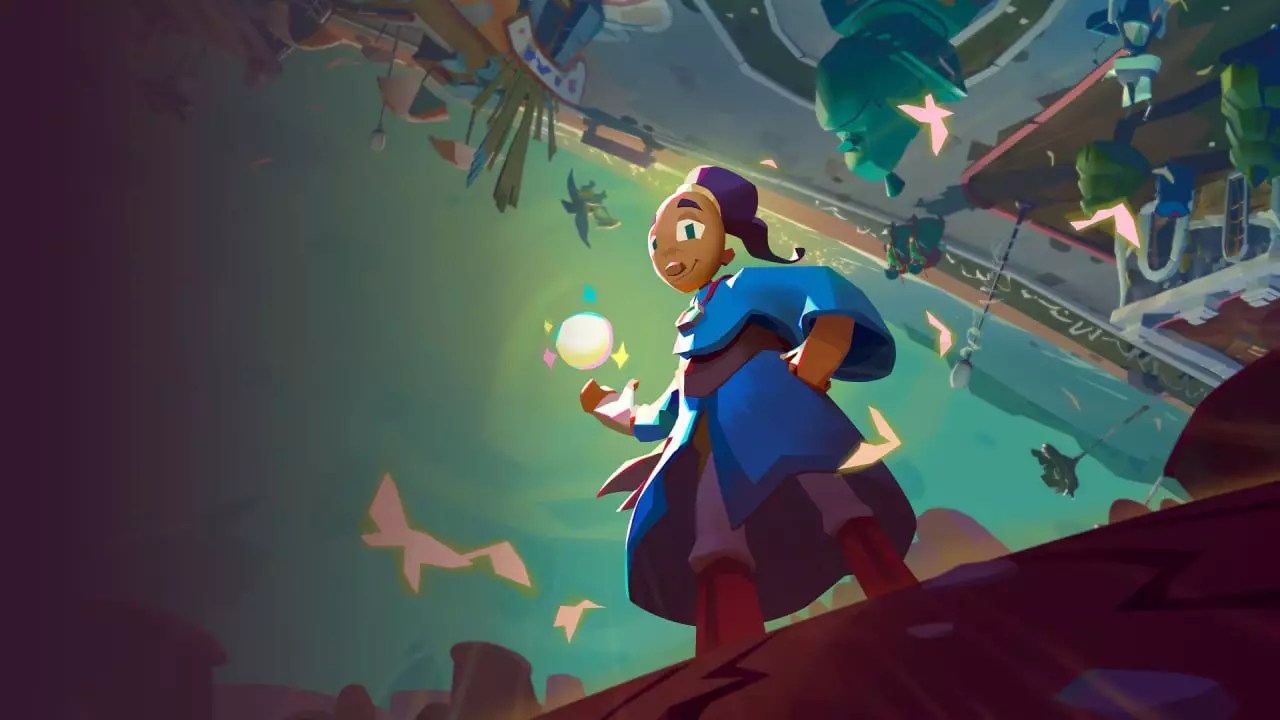Little Big Adventure holds a unique place in the hearts of gamers who experienced its inaugural release in 1994. Originally launched on PC and later expanding to platforms like PlayStation, it didn’t sell millions but carved out a niche that has endured through the decades. With its whimsical atmosphere, inventive gameplay mechanics, and engaging narrative revolving around a despotic villain, a rebellion, and a quest for salvation, the game became a cult classic. As we delve into this remake by developer [2.21], it becomes imperative to explore both the nostalgia of the original and the challenges faced in its contemporary reinterpretation.
The story of Little Big Adventure is intrinsically tied to its roots—namely, Adeline Software, a French studio founded in the early 1990s. Its first title, Little Big Adventure, set the stage for what would eventually become a trilogy, as envisioned by its creator Didier Chanfray. In recent years, interest in reviving the series surged, prompting the original team, including composer Philippe Vachey, to return for a modern remake. They aim not only to recreate the iconic experiences of the past but also to expand the scope of the narrative that fans have cherished for decades.
The Remake: Revisiting the World of Twinsen
The new installment, titled Twinsen’s Quest, largely adheres to the storyline established in the original game, introducing a prologue and modifying certain character roles to align with modern sensibilities. Players are reintroduced to Twinsen, the protagonist, who finds himself imprisoned by the nefarious Dr. Funfrock due to his prophetic dreams. As he embarks on a journey across vividly rendered landscapes—from Citadel Island to the snowy peaks of the Hamalayi Mountains and the arid expanses of White Leaf Desert—players navigate an expansive world filled with vibrant characters.
Aesthetic Upgrade vs. Nostalgic Charm
One of the selling points of the original game was its striking visual style, characterized by high-resolution isometric backgrounds adorned with quirky, low-poly characters. This aesthetic was both a visual feast and an integral part of the game’s identity. The remake opts for updated 3D graphics, aiming for a playful and cartoonish feel. While this visual upgrade is commendable, one cannot help but feel a pang of nostalgia for the original pixelated charm. The visual design may engage a new generation but risks alienating fans who cherished the unique artistry of the original rendition.
The innovative controls of the original game allowed players to seamlessly switch Twinsen’s moods—becoming “normal,” “athletic,” or “discreet” depending on the situation. While this system was revolutionary in its day, the tank controls lead to frustrating gameplay experiences. In an attempt to modernize the mechanics, [2.21] has eliminated the mood system and shifted to more conventional controls. This drastic change has sparked mixed reactions; while simplifying gameplay mechanics might appeal to new players, the decision to discard such an expressive feature could be seen as a loss in both depth and personality.
Gameplay Experience: Fetch Quests and Combat Limitations
Players embarking on Twinsen’s new adventure will find themselves steeped in a traditional questing format dominated by fetch quests and dialogues with an eclectic cast of characters. The game’s progression can feel tedious as players often chase down elusive NPCs for trivial snippets of dialogue needed to unlock progression. This element significantly hinders the pacing, transforming what could be an exhilarating adventure into a frustrating cycle of aimless wandering and trial-and-error gameplay.
As for combat, it feels underwhelming. Players may encounter moments that rely on clunky platforming mechanics and unreliable hit detection. The effort required to engage in battles pales in comparison to the allure of exploration, yet combat remains an integral part of the experience. The inconsistency in execution further detracts from the overall gaming experience.
Despite the excitement surrounding this revival, several technical flaws mar what should be a memorable experience. Encountering bugs that force players to reload from previous checkpoints can disrupt immersion. Additionally, poorly implemented dialogue prompts and missable progress points are detrimental to the overall game flow. Though these issues undermine the experience, the rich lore and storytelling still shine through, offering moments of genuine engagement amid the clunkiness.
In modernizing Little Big Adventure, [2.21] faced an uphill battle, navigating the intricacies of nostalgia while attempting to engage contemporary players. What remains is a game that captures the eccentric charm of the original yet falls short in execution and polish. For newcomers, this quirky adventure may entice, but for long-time fans, the erasure of defining features and the presence of technical issues may hinder it from standing the test of time. Twinsen’s Quest may not be remembered as fondly as its predecessor, but its revival illuminates both the challenges and joys of revisiting cherished childhood experiences.


Leave a Reply